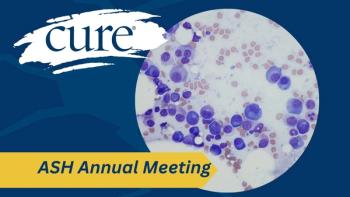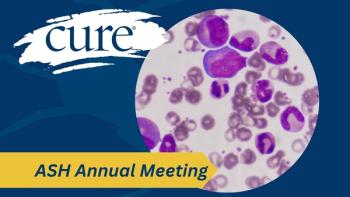
Opdivo Improves Survival in Phase 3 Lung Cancer Study
Key Takeaways
- The CheckMate-017 trial demonstrated Opdivo's significant survival benefits in pretreated squamous cell NSCLC patients, leading to early trial termination.
- Opdivo is the first anti-PD-1 immune checkpoint inhibitor to show a survival advantage in lung cancer, marking a significant milestone.
A phase 3 trial of Opdivo (nivolumab) in patients with non-small cell lung cancer was stopped early after results determined that the drug improves survival.
A phase 3 trial of Opdivo (nivolumab) in patients with non-small cell lung cancer (NSCLC) was stopped early after results determined that the drug improves survival in pretreated individuals. Eligible patients in the control arm of the study who received docetaxel will be allowed to continue treatment or cross over to the group receiving Opdivo in an open-label extension of the study.
The CheckMate-017 trial compared Opdivo, a PD-1 inhibitor, with docetaxel in patients with squamous cell NSCLC who have progressed on other therapies.
The study was halted after an independent monitoring panel determined the primary endpoint of improved overall survival had been reached. Beyond the primary overall survival endpoint, secondary endpoints included progression-free survival and objective response rate (ORR).
In a statement, the drug’s manufacturer Bristol-Myers Squibb noted that this is the first time an anti—PD-1 immune checkpoint inhibitor has demonstrated a survival advantage in lung cancer.
Previously, data from the open-label, single-arm, phase 2 CheckMate-063 study of Opdivo in NSCLC were presented at the 2014 Chicago Multidisciplinary Symposium in Thoracic Oncology in late October. That study included 117 patients whose cancers had progressed on two or more systemic treatments, with 65 percent of participants’ cancers progressing on three or more treatments. The median overall survival was 8.2 months.
“There are currently no effective treatment options for patients with refractory squamous cell lung cancer after their disease has progressed through two prior therapies. Historically, these patients have had ORRs of 2 percent to 8 percent and median overall survival of about five months, so even though we have not yet reached the median duration of response [in this study], the signs are very promising,” said lead author Suresh S. Ramalingam, when he presented the data in Chicago.
Ramalingam, a professor and director of medical oncology at Winship Cancer Institute of Emory University, added that the 41 percent one-year OS rate shown in the CheckMate-063 study compares favorably with previously demonstrated one-year survival rates of 5.5 percent to 18 percent for patients with third-line squamous cell NSCLC.
Adverse events of all types and grades occurred in 74 percent of patients. Severe drug-related side effects were reported in 17 percent of patients. The most common severe effects were fatigue (4.3 percent), pneumonitis (3.4 percent) and diarrhea (2.6 percent). Discontinuations due to drug-related effects of any grade occurred in 12 percent of patients. Two drug-related deaths (hypoxic pneumonia and ischemic stroke) occurred in patients with multiple comorbidities and progressive disease.
In December 2014, Opdivo was approved by the Food and Drug Administration for patients with unresectable or metastatic melanoma following treatment with Yervoy (ipilimumab) or a BRAF inhibitor.





